The March on Washington for Jobs and Freedom
<< Back to Teaching About 1963
Following President Kennedy’s civil rights address in June, SCLC leaders plan a mass action of national scale designed to ensure passage of civil rights legislation. Drawing together tens of thousands of Movement allies from across the nation – workers with SNCC, CORE, NAACP, and SCLC, as well as members of labor unions, interdenominational organizations, and student groups—the August 28 march from the Washington monument to the Lincoln memorial is the largest demonstration of its kind in history. The turnout was a testament to the organizational savvy of Bayard Rustin (who steered the event from idea to reality in a scant six weeks) and to the vision of Movement senior statesman A. Philip Randolph, who had dreamt of such a march for years.
Left Photo: Rutledge Pearson (on left), a former baseball player and president of the Jacksonville NAACP, speaks with a woman about an upcoming jobs and freedom march. Oscar N. Taylor Jr. (on right with hat) was later elected to the City Council of Jacksonville. Photo credit: Wisconsin Historical Society. Right Photo: Civil rights demonstrators make their way through the National Mall during the March on Washington for Jobs and Freedom. Photo credit: Walter Reuther Library.
Arriving by special trains, private aircraft, automobiles, and more than 2,000 chartered buses, the marchers find the nation’s capital prepared for chaos and violence –neither of which occurs.
Speakers include A. Philip Randolph, Bayard Rustin (who introduced Daisy Bates, Diane Nash, Prince E. Lee, Rosa Parks, and Gloria Richardson), John Lewis, Walter Reuther, Floyd McKissick, Whitney Young, Roy Wilkins, and Martin Luther King, Jr. The event closes with Rustin reading the march’s official demands and a benediction by Morehouse College president Benjamin Mays.

